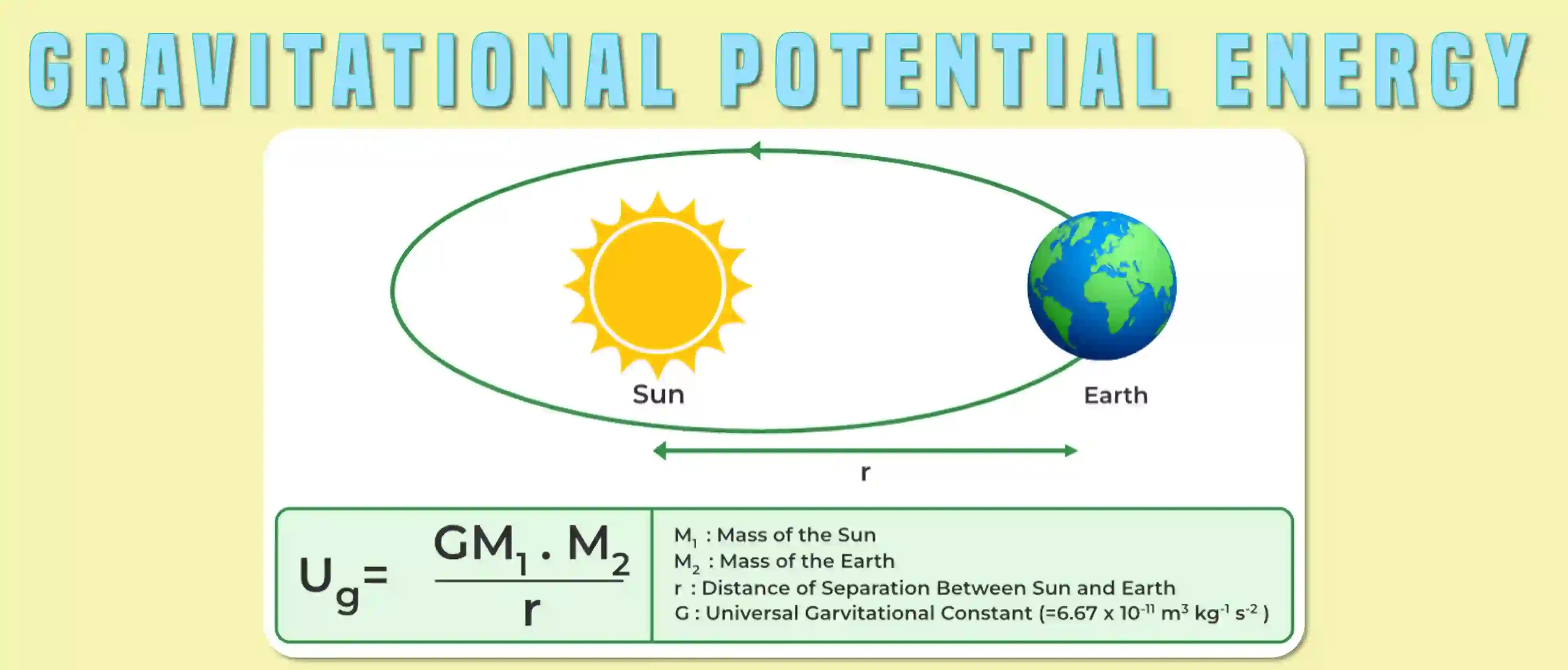Gravitational Potential Energy: A Brief Overview
Gravitational potential energy is a common term in IGCSE and O Level Physics and often comes up when discussing energy transformations. But what is gravitational potential energy and how is it a useful quantity in Physics? Out-Class has prepared this succinct guide to help you get an overview!
What is Gravitational Potential Energy
Gravitational potential energy refers to the energy an object possesses due to its position in a gravitational field.
In simple terms, a planet exerts a force on objects, pulling them towards its center. But if you raise an object above the surface, it now has a “potential” to fall back and do some kind of work.
An Example of Gravitational Potential Energy
Suppose we lift a block of iron a meter above the ground. We also place a nail on a wooden plank below it. The iron block has some “potential” energy as it has been lifted against the pull of gravity which can allow it to do some work. If we release the block, it will fall and drive the nail into the wooden plank, utilizing its gravitational potential energy.
A Simple Rule
The higher the object is raised above the surface, the higher the gravitational energy it possesses. This should be an intuitive idea (think about it)!
Gravitational Potential Energy Formula
The formula is as follows:
U = mgh
Where:
-
U is the gravitational potential energy
-
m is the mass of the object whose potential energy we are calculating
-
g is the acceleration due to gravity (9.81 ms-2 near the Earth's surface)
-
h is the height the object is raised above a zero reference point.
The SI unit of potential energy is J.
Energy Transformations
As an object falls into a gravitational field, it gradually loses its gravitational potential energy, but this energy doesn’t just disappear. It gets converted to the kinetic energy of the falling object (as it gains speed). Think about these energy transformations in a pendulum!
FAQs
Q. What is gravitational potential energy?
Gravitational potential energy refers to the energy an object possesses due to its position in a gravitational field. It is the energy associated with the gravitational force acting on the object.
Q. How is gravitational potential energy useful in Physics?
Gravitational potential energy helps in understanding energy transformations, especially when dealing with objects in a gravitational field. It is crucial in analyzing systems like pendulums, falling objects, and potential work done by gravity.
Q. Can you explain gravitational potential energy with an example?
Sure! If you lift an object, such as a block of iron, above the ground, it gains gravitational potential energy because it can do work when it falls back due to gravity. For instance, dropping the block can drive a nail into a wooden plank, utilizing its stored energy.
Q. What factors affect gravitational potential energy?
Gravitational potential energy depends on the mass of the object, the acceleration due to gravity (which is approximately 9.81 m/s² near the Earth's surface), and the height the object is raised above a reference point.
Q. What is the formula for gravitational potential energy?
The formula for gravitational potential energy (U) is U = mgh, where m is the mass of the object, g is the acceleration due to gravity, and h is the height above a reference point.
Q. How does gravitational potential energy transform into kinetic energy?
When an object falls into a gravitational field, it loses gravitational potential energy, which is converted into kinetic energy as the object gains speed. This transformation of energy is fundamental in understanding the dynamics of falling objects and systems like pendulums.
Q. What is the SI unit of gravitational potential energy?
The SI unit of gravitational potential energy is the joule (J), which is the same unit used for energy in general.
Q. Is gravitational potential energy always positive?
Gravitational potential energy can be positive or negative, depending on the reference point chosen. For example, if the reference point is at ground level, lifting an object above the ground increases its potential energy (positive value), while lowering it below the ground level decreases its potential energy (negative value).



